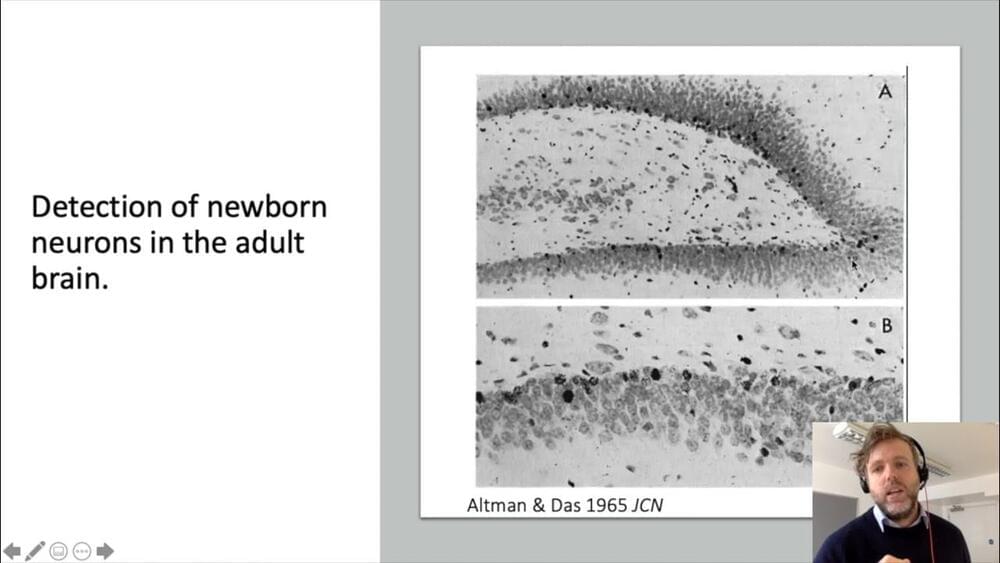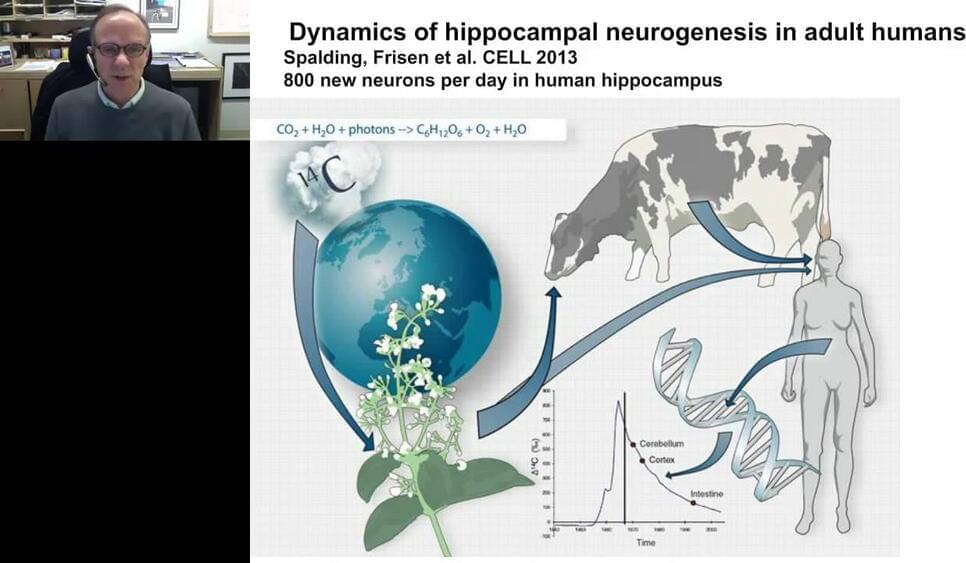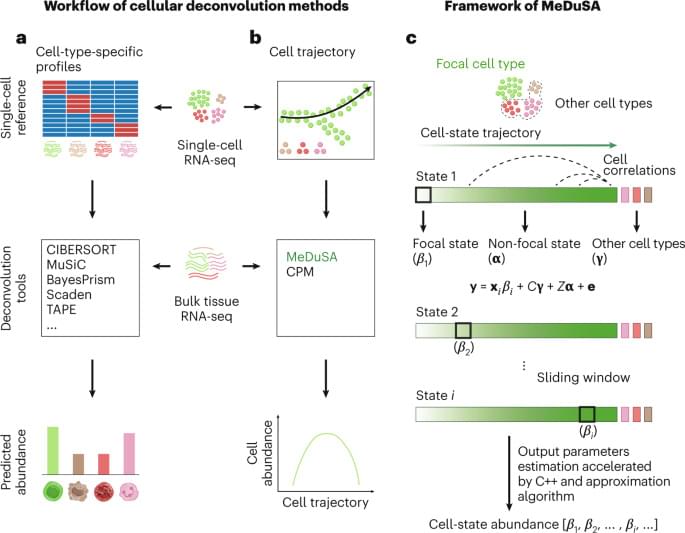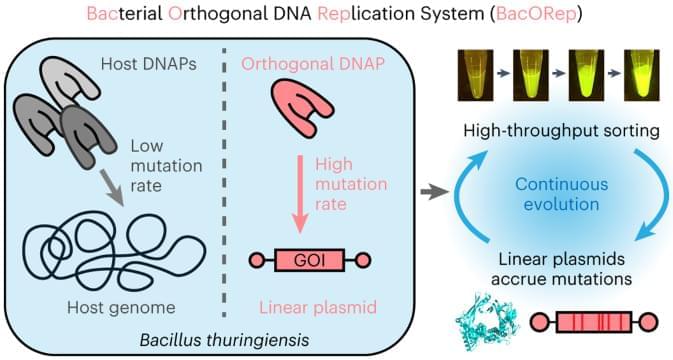Jul 14, 2023
Epigenetic Factors Create the Immune System’s Memory
Posted by Shubham Ghosh Roy in categories: biotech/medical, chemistry, genetics
The immune system is an incredibly complex network that has some amazing capabilities. It can eliminate dangerous cells that may lead to cancer, and defend the body against a wide variety of pathogenic invaders. It also has the ability to remember those encounters with pathogens so if they happen again, the immune system is primed to respond more quickly and forcefully against the offender. Scientists have now learned more about how the immune system memory is created at the molecular level. The findings have been reported in Science Immunology.
When immune cells are exposed to an invader, they can recognize structures called antigens on the surface of the pathogen. In this study, the researchers compared immune cells that had never been exposed to an antigen, so-called naive cells, to immune cells that had been in contact with an antigen, known as memory cells. The investigators wanted to identify the epigenetic differences between these cell types, which are changes in DNA that can impact gene expression, such as structural shifts or chemical tags, but do not alter the sequence of the genome. Epigenetic changes might explain why memory cells can react so quickly while naive cells are comparatively slow.


















